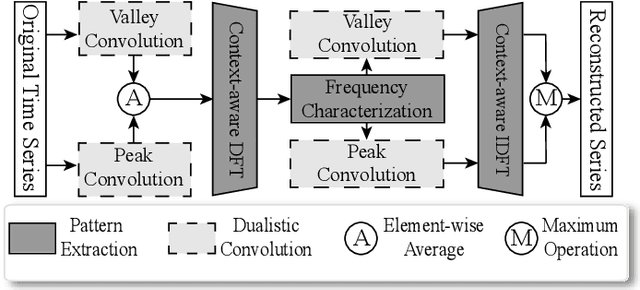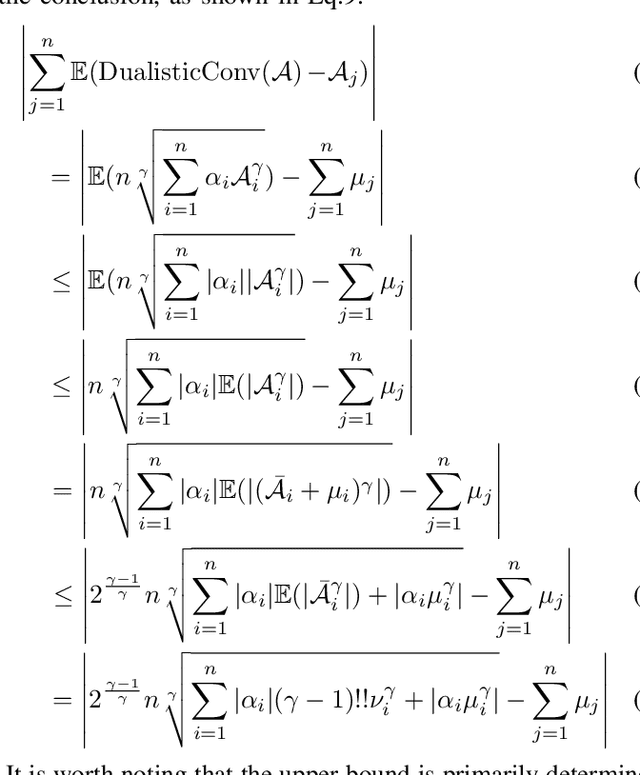Yingying zhang
MACE: A Multi-pattern Accommodated and Efficient Anomaly Detection Method in the Frequency Domain
Nov 26, 2023



Abstract:Anomaly detection significantly enhances the robustness of cloud systems. While neural network-based methods have recently demonstrated strong advantages, they encounter practical challenges in cloud environments: the contradiction between the impracticality of maintaining a unique model for each service and the limited ability of dealing with diverse normal patterns by a unified model, as well as issues with handling heavy traffic in real time and short-term anomaly detection sensitivity. Thus, we propose MACE, a Multi-pattern Accommodated and efficient Anomaly detection method in the frequency domain for time series anomaly detection. There are three novel characteristics of it: (i) a pattern extraction mechanism excelling at handling diverse normal patterns, which enables the model to identify anomalies by examining the correlation between the data sample and its service normal pattern, instead of solely focusing on the data sample itself; (ii) a dualistic convolution mechanism that amplifies short-term anomalies in the time domain and hinders the reconstruction of anomalies in the frequency domain, which enlarges the reconstruction error disparity between anomaly and normality and facilitates anomaly detection; (iii) leveraging the sparsity and parallelism of frequency domain to enhance model efficiency. We theoretically and experimentally prove that using a strategically selected subset of Fourier bases can not only reduce computational overhead but is also profit to distinguish anomalies, compared to using the complete spectrum. Moreover, extensive experiments demonstrate MACE's effectiveness in handling diverse normal patterns with a unified model and it achieves state-of-the-art performance with high efficiency. \end{abstract}
 Add to Chrome
Add to Chrome Add to Firefox
Add to Firefox Add to Edge
Add to Edge